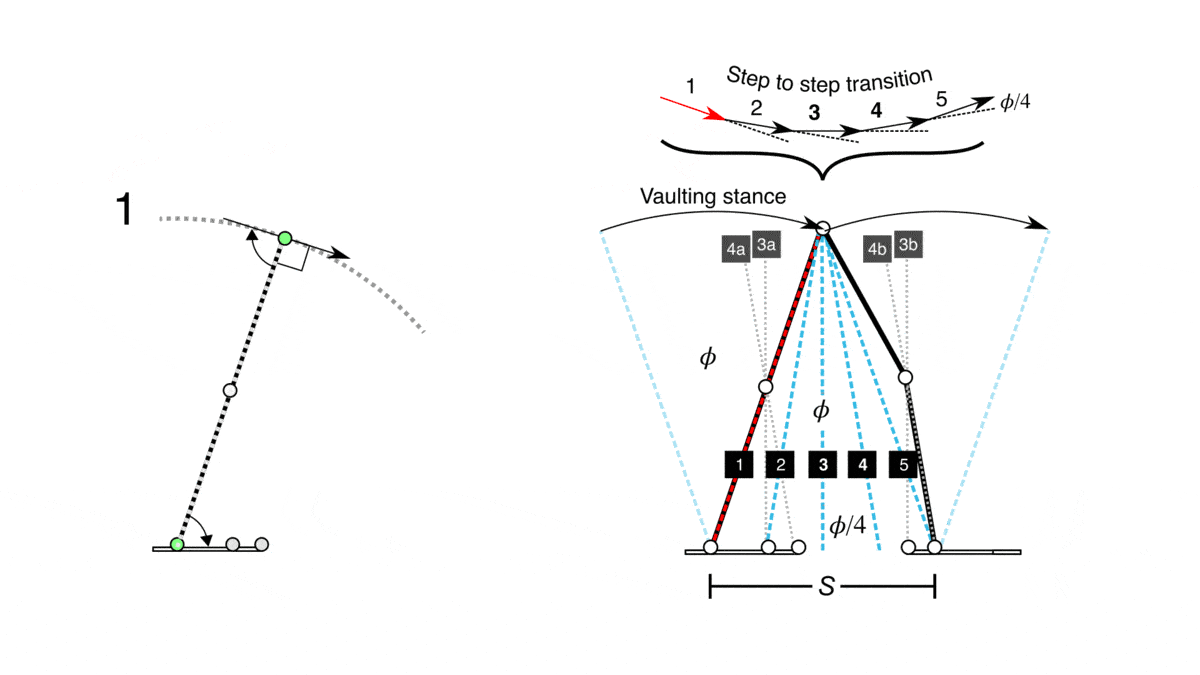- #1
annamal
- 387
- 33
- TL;DR Summary
- Suppose a person is walking on the ground without slipping. For the free body diagram of just the person, only the frictional force is drawn in the horizontal direction. The force exerted by the leg muscles to generate a force against the ground is considered an internal force. What would be the equal and opposite force of the force generated by the leg muscles since that force is an internal force of the free body diagram of the person?
Suppose a person is walking on the ground without slipping. For the free body diagram of just the person, only the frictional force is drawn in the horizontal direction. The force exerted by the leg muscles to generate a force against the ground is considered an internal force. What would be the equal and opposite forces of the force generated by the leg muscles since that force is an internal force of the free body diagram of the person?


